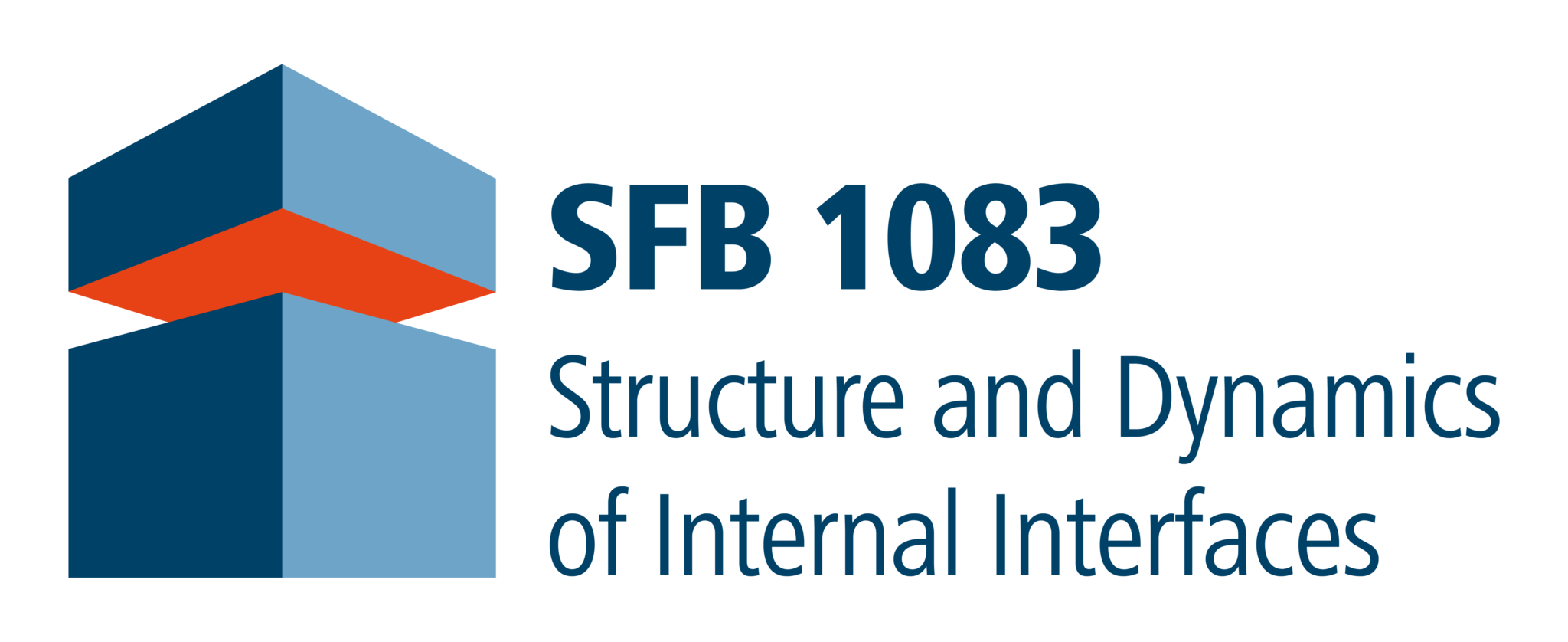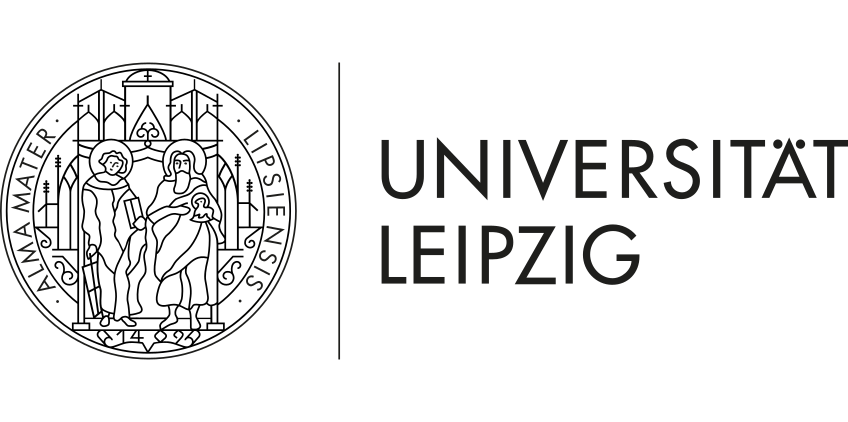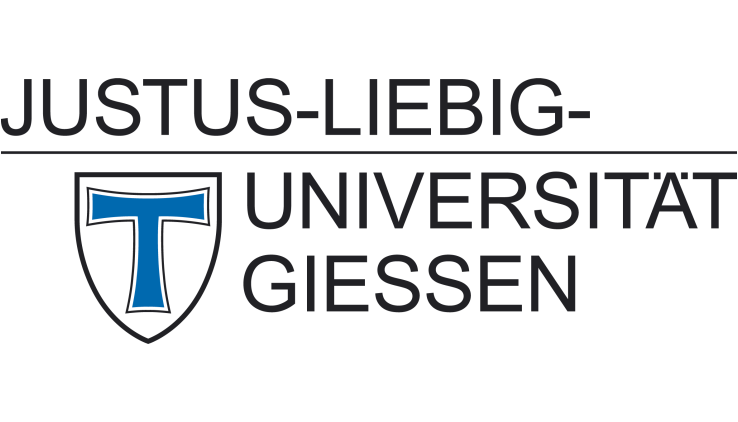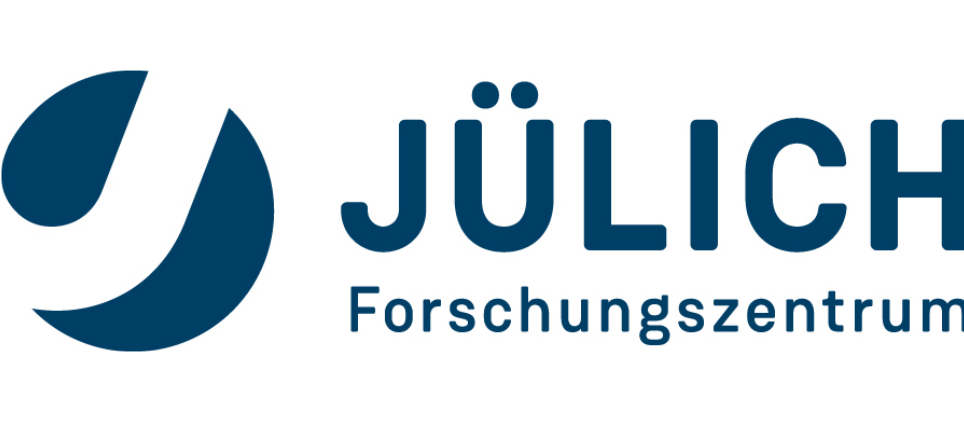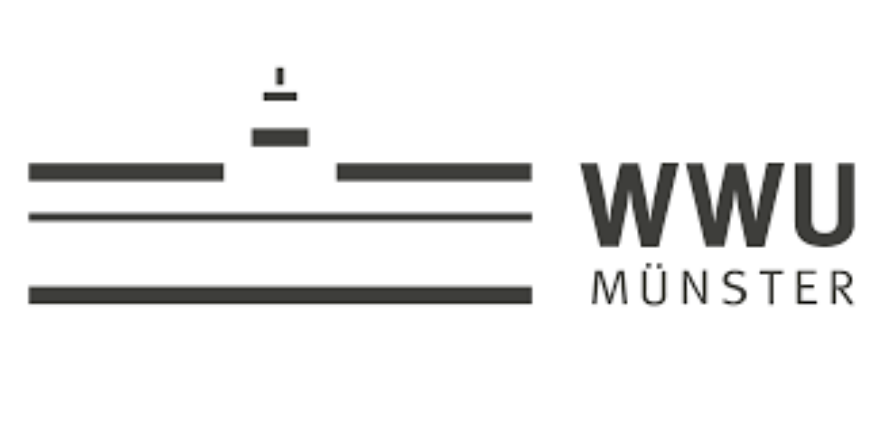Type-II Based THz Emitters
Summary
The project aims at the development and optimisation of pulsed THz emitters based on type-II semiconductor heterostructures as well as the exploration of the underlying physical mechanisms. Such structures contain two adjacent, but different quantum wells (QWs) with a barrier between them. The energy levels in the conduction and valence bands are designed such that for a particular photon energy only one QW is excited and that subsequently either electrons or holes find energetically more favourable states in the other QW. The energetic relaxation is associated with a spatial charge transfer across internal interfaces. Consequently, an ultrafast optical excitation leads to a short current pulse which is the source of an emitted THz pulse, as has been recently shown.
As the type-II structures can be grown in a multi-quantum well heterostructure, this new approach has the potential to lead to emitters, which provide higher THz fields than traditional surface emitters. This is what we aim for in this project. We optimise these THz emitters regarding signal amplitude, bandwidth, and operation frequency by changing structural parameters like barrier and well width, materials composition as well as impurity concentrations. In this regard, especially the role of mid-gap recombination centres in the separating barriers is explored. Furthermore, we investigate, if an applied magnetic field increases the emitted THz amplitude even further and how it affects the recombination dynamics as well as the surprising linewidth narrowing of the direct excitonic 1s heavy-hole transition observed in the previous funding period. The material systems employed are (Ga,In)As / GaAs / Ga(N,As) layers and (Ga,In)As / GaAs / Ga(As,Sb) layers, which are grown within the SFB. Important structural characterisation of the samples is performed in using Transmission Electron Microscopy. For the characterisation of the devices we employ THz emission spectroscopy and optical pump-white light probe spectroscopy as well as further spectroscopies to investigate the charge-transfer processes together with the partner projects. The analysis of the experimental data is quantified using experiment – theory comparisons.
Project-related publications
- P.-H. Richter, E. Kartal, R.B. Kohlhaas, M.P. Semtsiv, M. Schell, W.T. Masselink, B. Globisch, M. Koch
Ultrafast THz Conductivity Dynamics of a Novel Fe-Doped InGaAs Quantum Photoconductor
IEEE Trans. Terahertz Sci. Technol. 10, 167 (2020). - M. Stein, C. Fuchs, W. Stolz, D.M. Mittleman, M. Koch
Direct Probe of Room-Temperature Quantum-Tunneling Processes in Type-II Heterostructures Using Terahertz Emission Spectroscopy
Phys. Rev. Applied 13, 054073 (2020). - M. Stein, C. Lammers, M.J. Drexler, C. Fuchs, W. Stolz, M. Koch
Enhanced Absorption by Linewidth Narrowing in Optically Excited Type-II Semiconductor Heterostructures
Phys. Rev. Lett. 121, 017401 (2018).
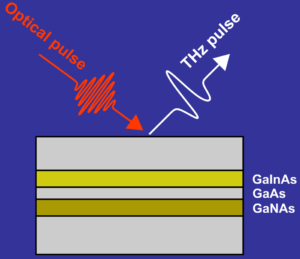
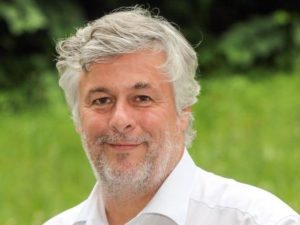
Prof. Dr. Martin KOCH
Dr. Goretti Hernández-Cardoso, Postdoc
Felix Gorka, PhD student
Mohammes Nouh, PhD student
Former Contributors
